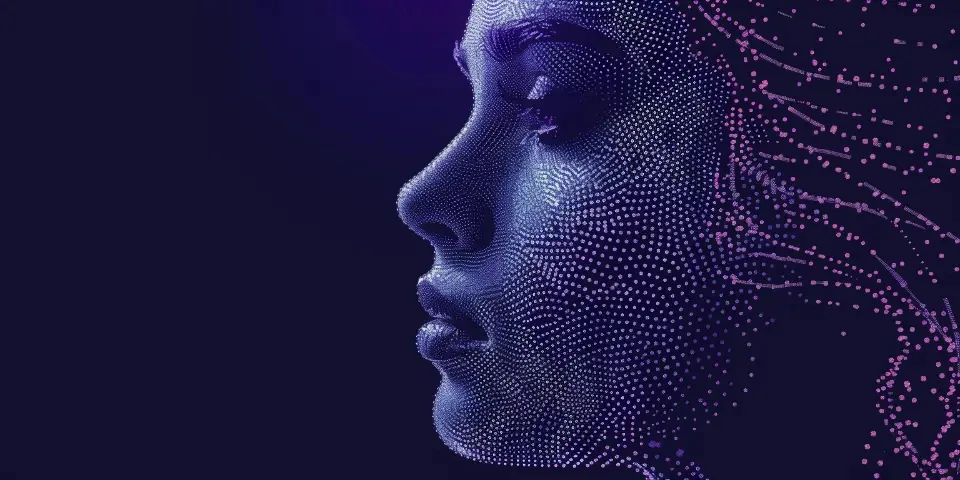Bye to Language Barriers How AI Translators are Breaking Communication Barriers
Language barriers have always served as a hindrance to effective communication and collaboration between individuals from different cultures and linguistic backgrounds. However, with the advent of Artificial Intelligence (AI) translators, this age-old problem is gradually becoming a thing of the past. AI translators, powered by advanced machine learning algorithms, are transforming the way we communicate, bridging gaps, and enabling seamless understanding across languages. In this article, we will explore the incredible potential of AI translators in breaking communication barriers and revolutionizing global interactions.
1. Simultaneous Interpretation
One of the most significant breakthroughs brought about by AI translators is real-time simultaneous interpretation. Gone are the days when interpretation was a time-consuming process, requiring human interpreters. AI-powered devices and applications can now instantly translate spoken words from one language to another, allowing for smooth conversations between individuals who speak different languages. This feature has revolutionized international conferences, meetings, and even casual conversations among friends.

Furthermore, AI translators have the capability to handle multiple languages, making them indispensable tools for global businesses and organizations operating in diverse linguistic environments.
2. Written Language Translation
AI translators are not limited to oral communication alone. They also excel in translating written text, enabling people to understand and communicate across different languages in written form. From emails and legal documents to websites and social media posts, AI translators can quickly and accurately provide translations, eliminating the need for manual processing or hiring professional translators in every language.
With the ability to handle large volumes of text and translate it into multiple languages, AI translators have become invaluable assets for international businesses expanding their reach globally. This functionality not only saves time and resources but also ensures that the communication is accurate and consistent across language barriers.
3. Enhanced Accuracy and Context Understanding
Traditional translation methods often struggle with understanding the context and nuances of different languages, resulting in inaccurate or misleading translations. However, AI translators leverage advanced machine learning algorithms to analyze vast amounts of data, improving their accuracy and context understanding over time.
By training on massive datasets, AI translators can identify idiomatic expressions, slang, and cultural references, ensuring that translations convey the intended meaning accurately. As a result, misunderstandings and misinterpretations caused by language barriers are greatly reduced, leading to more effective communication and collaboration across languages.
4. Customization for Specific Industries
AI translators can be customized to cater to the specific needs and requirements of various industries. For example, medical AI translators have been developed to assist healthcare professionals in communicating with patients who speak different languages. These translators are trained with medical terminology and can accurately translate patient symptoms, medical reports, and prescriptions, facilitating efficient and accurate healthcare services.
Similarly, legal AI translators have been specifically designed to handle legal documents and terminology, ensuring the accuracy and integrity of legal translations. Customized AI translators provide industry-specific solutions, streamlining communication and increasing productivity in specialized fields.
5. Accurate Transcription and Subtitling
AI translators have made significant advancements in accurately transcribing audio and video content. By analyzing spoken words, these translators can convert the audio into written text with remarkable precision. This feature has proven invaluable in areas such as content creation, media transcription, and subtitling.
With the ability to transcribe and translate at the same time, AI translators have made multilingual content creation more accessible and cost-effective. Media companies can now easily reach broader audiences by translating and subtitling their content into multiple languages using AI-powered tools, creating a more inclusive and globally connected world of entertainment.
6. Cost and Time Efficiency
AI translators offer significant cost and time savings compared to traditional translation methods. Hiring human translators for multiple languages can be both expensive and time-consuming, especially for large-scale projects or daily communication needs. AI translators provide instantaneous translations, eliminating the waiting time associated with human translation services.
Furthermore, AI translators are available round the clock and can handle an endless number of translations simultaneously. This scalability advantage further enhances their cost efficiency, making them a preferred choice for businesses, individuals, and organizations seeking to overcome language barriers in an efficient and budget-friendly manner.
7. Potential Limitations
While AI translators have made remarkable progress, they still have some limitations. These limitations include difficulty in translating complex legal or technical jargon accurately, challenges in capturing cultural nuances, and occasional errors in translations due to less popular language support. However, continuous advancements in machine learning and AI technology are continuously addressing these limitations, making AI translators more powerful and accurate with each iteration.
8. Frequently Asked Questions
Q: Are AI translators as accurate as human translators?
A: While AI translators have greatly improved their accuracy, they may not match the level of human translation in all scenarios. However, for everyday conversations and general content translation, AI translators provide accurate and reliable results.
Q: Can AI translators handle all languages?
A: AI translators are continuously expanding their language support. While popular languages are well-supported, there might be limitations with less commonly spoken or more complex languages. However, the language coverage is continually growing and evolving.
Q: Can AI translators replace human interpreters and translators?
A: AI translators are not meant to replace human translators but rather assist them in their work and provide faster and more accessible translation solutions. Human translators are still essential for complex or culturally sensitive translations.
Conclusion
AI translators are rapidly reshaping the way we communicate, breaking down language barriers, and enabling seamless interactions across cultures. Through real-time interpretation, written language translation, enhanced accuracy, and customization for specific industries, AI translators are empowering individuals and businesses to connect on a global scale. While some limitations remain, the continuous advancement of AI technology promises a future where language will no longer be a barrier to effective communication and collaboration.
References:
[1] "The Future of Real-Time Translations," World Economic Forum
[2] "The Advantages and Limitations of AI Translator Tools," Babblestack
[3] "Machine Learning Transforms Translation," MIT Technology Review
Explore your companion in WeMate